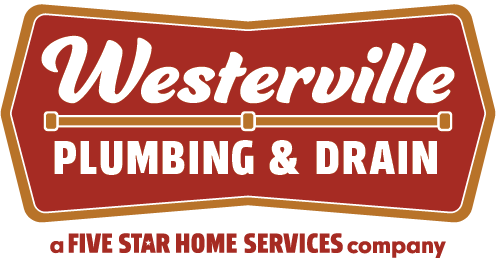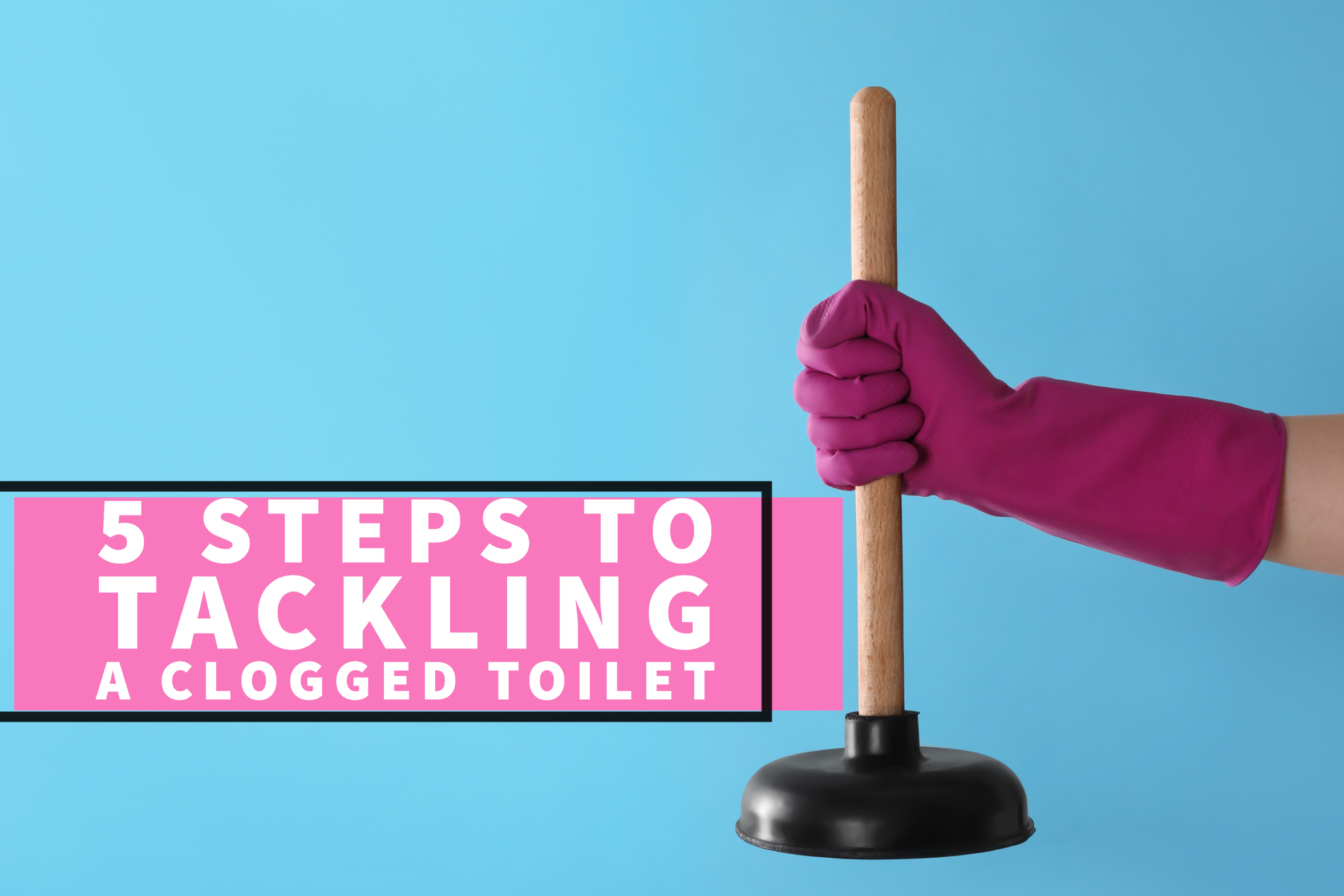We’ve all been there – after using the bathroom, you flush the toilet, but then the water level keeps rising and doesn’t stop. Your panic starts to rise along with the scaringly close toilet water, which is now at the brink of your toilet bowl. What should you do in this situation? Unfortunately, if your toilet water is flooding the bathroom floor, there is little you can do to prevent it. So, try not to panic and step back. Take a deep breath and be prepared to handle the aftermath accordingly. Your team at Westerville Plumbing & Drain is here to guide you with a few tips and tricks.
Step 1 – The Toilet’s Water Valve:
Although water may have already been strewn onto your bathroom floor, it’s not too late to turn the water off at its source. The shut-off valve looks like a football-shaped knob or valve, which is usually positioned in the back of the toilet. Once you locate it, turn it clockwise to shut it off. Just remember not to flush the toilet until the issue is fully resolved because it’s still clogged and will create another mess if flushed beforehand.
Step 2 – The Flapper in the Tank:
As an additional way, you can make sure that the water supply to the toilet is turned off, open the tank in the back of the toilet and look for the rubber seal placed over the tank drain. This rubber piece’s function is to prevent water from running into the toilet unless the flush is activated. It will be attached to a metal lever or chain that is connected to the flush handle. Push this rubber seal down gently as an extra means to ensure the water is sealed off.
Step 3 – The Float:
Another way you can ensure the water flow is completely cut off is to locate the float cup or float ball inside the tank. You can prevent the tank from filling again by immobilizing this float. Remember, this isn’t mandatory; it’s just an additional step to ensure everything is extra secure.
Step 4 – The Cleanup:
Now that you have managed to stop the water flow, congratulations! You did it! However, the cleanup process still needs to be done. The excess water needs to be taken care of. Start this process by removing the water overflow from the toilet bowl. If there is waste or debris in the bowl (or even the floor), which can happen given the situation, move with caution while cleaning up. Safety and hygiene should always be a priority. Therefore, it is strongly recommended that you wear gloves if you have some available. Then go ahead and pick up any solid materials or waste and place them in the garbage while exercising caution. Remember to dispose of the trash as soon as possible. You can utilize a bucket or container to scoop out the excess water from the toilet bowl and then pour it into the sink or tub.
Now let’s move our attention to your floors! It’s important to avoid water damage as much as possible. So, cleaning them up as swiftly as possible is imperative. One helpful tip to add is that if you have a wet vacuum, you can use it to clean up the water. But if you don’t have one, no big deal either! If your floors are solid, feel free to use old towels, rags, or a mop to clean up the spill. Whatever you have available is fine. But if the water has reached your carpeted area, a good approach would be to lay towels over the wet carpet and put a heavy object on top of them, giving them sufficient time to really soak up as much water as possible. After everything is soaked up, you will want to disinfect all flooring (carpet and hardwood) accordingly. Afterward, make sure to disinfect all other affected areas that the toilet water touched. (I.e., the base of the toilet, bathtub, baseboards, base of the counter and cabinets, and trashcan.)
Step 5 – The Clog:
We are almost done, but not quite yet! That clog still needs to be taken care of! After all, you definitely don’t want this to happen again – especially after you cleaned everything up! So, grab the plunger and place it firmly over the drain in the toilet bowl, ensuring that the plunger is immersed in water. Then use the plunging motion to neutralize the blockage. At this point, your toilet should be draining again, but if it doesn’t, there may be a more significant issue at hand. In this case, this is a good indication to call a professional. However, if your toilet is, in fact, working once again – you did it! Just make sure you remember to turn the water valve back on and readjust everything back into its original place.
Call Westerville Plumbing & Drain today at (614) 540-3437, or schedule an appointment online now by clicking here!

